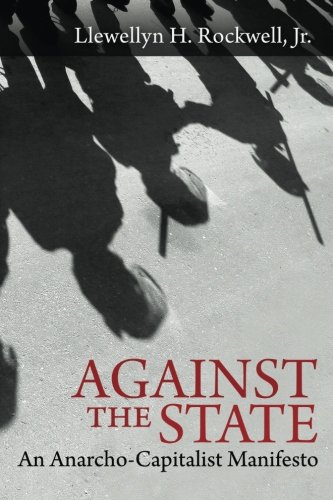In a rather ghastly Nineteenth Century experiment, a biologist by the name of Heinzmann found that if he placed a frog in boiling water, the frog immediately leapt out but that if he placed the frog in tepid water and then gradually heated it, the frog stayed put until he was scalded to death.
Are we like the frog? I see disturbing elements of that process today as we watch events unfold in the Ukraine confrontation. They profoundly frighten me and I believe they should frighten everyone. But they are so gradual that we do not see a specific moment in which we must jump or perish.

In October 1962, Americans were terrified over Soviet missiles in Cuba, as this newspaper map showing distances between Cuba and major North American cities demonstrates.
 We Who Dared to Say No...
Best Price: $2.50
Buy New $14.75
(as of 08:10 UTC - Details)
So here briefly, let me lay out the process of the 1962 Cuban Missile Crisis and show how the process of that crisis compares with what we face today over the Ukraine.
We Who Dared to Say No...
Best Price: $2.50
Buy New $14.75
(as of 08:10 UTC - Details)
So here briefly, let me lay out the process of the 1962 Cuban Missile Crisis and show how the process of that crisis compares with what we face today over the Ukraine.
Three elements stand out in the Cuban Missile Crisis: 1) Relations between the USSR and the U.S. were already “on the edge” before they reached the crisis stage; each of us had huge numbers of weapons of mass destruction aimed at the other. 2) The USSR precipitated the Crisis by advancing into Cuba, a country the U.S. had considered part of its “area of dominance” since the promulgation of the 1823 Monroe Doctrine. 3) Some military and civilian officials and influential private citizens in both countries argued that the other side would “blink” if sufficient pressure was put on it.
Allow me to point out that I had a (very uncomfortable) ringside seat in the Crisis. I was one of three members of the “Crisis Management Committee” that oversaw the unfolding events.
 Against the State: An ...
Best Price: $5.02
Buy New $5.52
(as of 11:35 UTC - Details)
Against the State: An ...
Best Price: $5.02
Buy New $5.52
(as of 11:35 UTC - Details)
On the Monday of the week of Oct. 22, 1962, I sat with Secretary of State Dean Rusk, Under Secretary George Ball, Counselor and Chairman of the Policy Planning Council Walt Rostow and Under Secretary for Political Affairs U. Alexis Johnson and listened to President John F. Kennedy’s speech to which we all had contributed.
The account Kennedy laid out was literally terrifying to those who understood what a nuclear confrontation meant. Those of us in that room obviously did. We were each “cleared” for everything America then knew. And we each knew what our
 Check Amazon for Pricing.
government was seeking — getting the Russian missiles out of Cuba. Finally, we were poised to do that by force if the Russians did not remove them.
Check Amazon for Pricing.
government was seeking — getting the Russian missiles out of Cuba. Finally, we were poised to do that by force if the Russians did not remove them.
Previous to that day, I had urged that we remove our “Jupiter” missiles from Turkey. This was important, I argued, because they were “offensive” rather than “defensive” weapons. The reason for this distinction was that they were obsolescent, liquid-fired rockets that required a relatively long time to fire; thus, they could only be used for a first strike. Otherwise they would be destroyed before they could be fired.
The Russians rightly regarded them as a threat. Getting them out enabled Chairman Nikita Khrushchev to remove the Russian missiles without suffering an unacceptable degree of humiliation and risking a coup d’état.
Then, following the end of the crisis, I wrote the “talking paper” for a review of the crisis, held at the Council on Foreign Relations, with all the involved senior U.S. officials in which we carefully reviewed the “lessons” of the crisis. What I write below in part derives from our consideration in that meeting. That is, it is essentially the consensus of those who were most deeply involved in the crisis.





